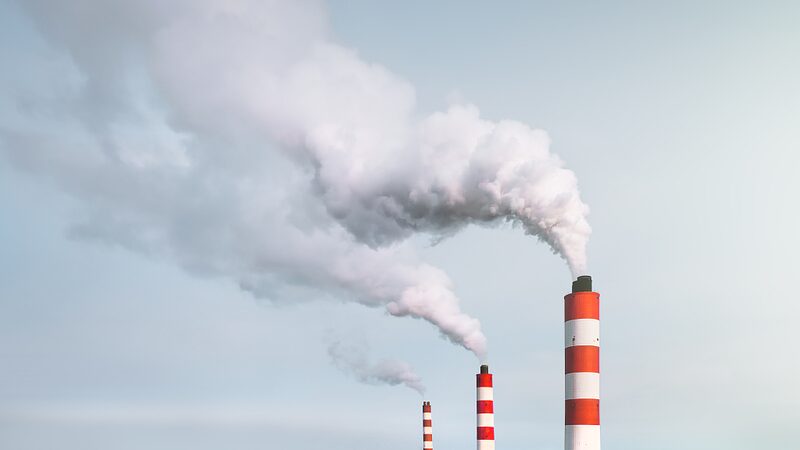Atmospheric levels of carbon dioxide and methane, the two most critical heat-trapping gases, soared to unprecedented highs in 2023, according to the U.S. National Oceanic and Atmospheric Administration (NOAA).
NOAA reported that carbon dioxide (CO2), the most significant greenhouse gas emitted by human activities, increased by 2.8 parts per million from January to December 2023, marking the third-largest annual rise in 65 years of record-keeping. The average CO2 concentration reached 419.3 parts per million, a staggering 50% increase from pre-industrial levels.
Scientists are particularly concerned about the rapid surge in methane (CH4) levels. Although methane is shorter-lived than carbon dioxide, it is far more potent in trapping heat. In 2023, atmospheric methane increased by 11.1 parts per billion, bringing the average concentration to 1922.6 parts per billion—a 160% rise since pre-industrial times.
“The accelerating levels of these greenhouse gases are alarming,” said Xin (Lindsay) Lan, an atmospheric scientist at the University of Colorado and NOAA. “Methane levels have risen faster than at any point in our records.”
Methane emissions originate from a variety of sources, including natural wetlands, agriculture, livestock, landfills, and the oil and gas industry. The significant increase in methane is attributed to both natural processes and human activities.
Rob Jackson, a climate scientist at Stanford University and chair of the Global Carbon Project, highlighted the interplay between fossil fuel pollution and natural ecosystems. “Fossil fuel pollution is warming natural systems like wetlands and permafrost,” he explained. “These ecosystems are releasing even more greenhouse gases as they heat up. We’re caught between a rock and a charred place.”
Carbon dioxide emissions from burning fossil fuels and cement production also reached a historic high in 2023, totaling 36.8 billion metric tonnes—double the amount from 40 years ago. While approximately half of these emissions are absorbed by oceans and forests, the remainder accumulates in the atmosphere, intensifying the greenhouse effect.
Despite efforts by companies worldwide pledging significant cuts in methane emissions and regulatory actions like the U.S. Environmental Protection Agency’s new rules to reduce methane from the oil and gas sector, greenhouse gas levels continue to climb.
“These numbers show we still have a lot of work to do to make meaningful progress in reducing the amount of greenhouse gases accumulating in the atmosphere,” said Vanda Grubisic, Director of NOAA’s Global Monitoring Laboratory.
The transition from a three-year La Niña event to a strong El Niño in 2023 influenced these atmospheric changes. While La Niña conditions tend to enhance methane emissions due to wetter conditions in the tropics, El Niño events can lead to higher carbon dioxide levels due to increased wildfires and reduced uptake by stressed ecosystems.
As the impacts of climate change become more pronounced, scientists emphasize the urgency of reducing greenhouse gas emissions. “We need to address both carbon dioxide and methane emissions aggressively,” Lan stressed. “Time is running out to mitigate the worst effects of climate change.”
Reference(s):
Carbon dioxide and methane levels spiked to record highs last year
cgtn.com








